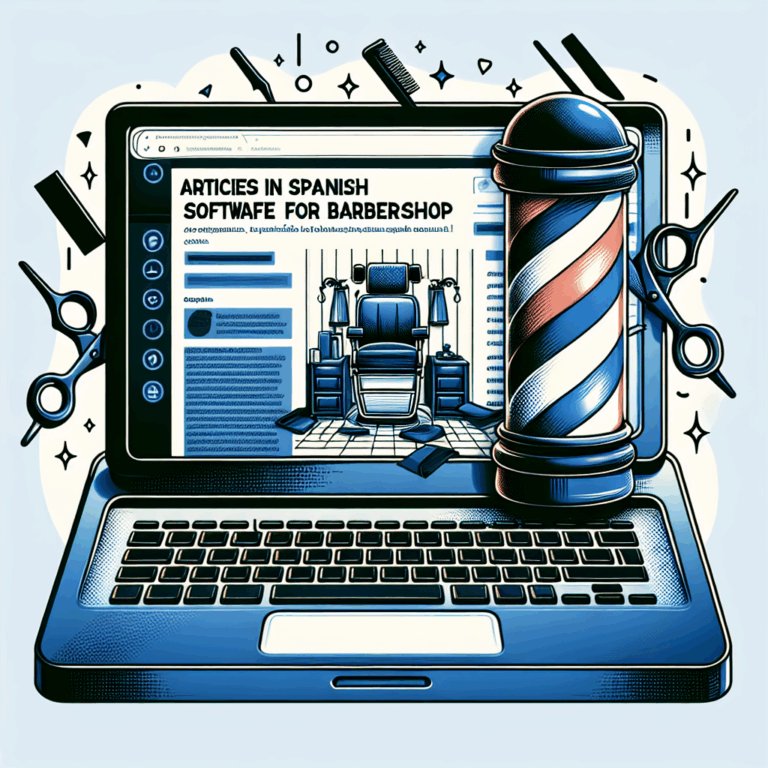
The Benefits of Educational Technology in the Uruguayan Context
Introduction
In today’s ever-advancing world, technology has become an integral part of our daily lives. From the way we communicate to the way we learn, technology has revolutionized every aspect of society. In particular, educational technology has had a profound impact on the way we approach education. This article will explore the benefits of educational technology in the context of Uruguay, a country that has embraced technology as a means to enhance their educational system.
Hook: Imagine a classroom where students no longer dread their lessons but eagerly engage with interactive and immersive learning experiences. With educational technology, this is not only a possibility but a reality.
Body
1. Increased Engagement and Motivation:
Educational technology has the power to transform traditional classrooms into vibrant and interactive learning environments. Through the use of multimedia resources, such as videos, animations, and interactive games, students are more engaged and motivated to learn. In Uruguay, the Plan Ceibal initiative has provided laptops to all students and teachers, creating a digital ecosystem that encourages creativity and critical thinking. This shift from passive to active learning has proven to be beneficial in fostering a lifelong love for learning.
2. Personalized Learning:
Every student has unique learning needs and preferences. Educational technology allows for personalized learning experiences that cater to individual strengths and weaknesses. With the implementation of learning management systems and adaptive learning platforms, students in Uruguay have access to personalized learning paths, tailored to their specific needs. This not only enhances their understanding of the subject matter but also promotes autonomy and self-directed learning.
3. Access to Information:
Traditionally, access to information was limited to textbooks and classroom lectures. However, with educational technology, students now have access to a vast amount of information at their fingertips. In Uruguay, the Ceibal Jam platform provides students with a variety of educational resources, including e-books, online encyclopedias, and educational websites. This democratization of knowledge empowers students to explore beyond the confines of the classroom, fostering a culture of curiosity and independent learning.
4. Collaboration and Communication:
Technology has revolutionized the way we communicate and collaborate. In an educational context, this means that students can now collaborate with their peers, both locally and globally. Through platforms such as Google Classroom and Microsoft Teams, students in Uruguay can work together on projects, share ideas, and receive feedback in real-time. This not only enhances their interpersonal and teamwork skills but also prepares them for the collaborative nature of the workforce.
5. Enhanced Assessment and Feedback:
Technology has transformed the way assessments are conducted and feedback is given. With the use of online quizzes, simulations, and digital portfolios, teachers in Uruguay can gather real-time data on student performance, allowing for more targeted and timely interventions. Furthermore, digital assessment tools enable teachers to provide personalized feedback, highlighting areas of improvement and recognizing strengths. This formative and continuous assessment approach promotes a growth mindset and supports students in their learning journey.
FAQs (Frequently Asked Questions)
1. How has educational technology been implemented in Uruguay?
Answer: Uruguay has implemented various initiatives, such as Plan Ceibal, which provides laptops to all students and teachers. Additionally, platforms like Ceibal Jam offer educational resources and tools for students and teachers.
2. Does educational technology replace traditional teaching methods?
Answer: No, educational technology does not replace traditional teaching methods but rather enhances them. It complements traditional teaching approaches by providing additional resources, fostering student engagement, and facilitating personalized learning.
3. Are there any challenges associated with educational technology implementation?
Answer: While educational technology offers numerous benefits, there are challenges to consider. These include the need for professional development for teachers, access to reliable internet connectivity, and ensuring equitable access to technology for all students.
4. How does educational technology benefit teachers?
Answer: Educational technology empowers teachers by providing them with tools and resources to enhance their teaching practices. It enables them to create engaging lessons, track student progress, provide personalized feedback, and collaborate with colleagues.
Conclusion
Educational technology has revolutionized the way we teach and learn, and Uruguay stands as a prime example of the benefits it can bring to an educational system. From increased student engagement and motivation to personalized learning experiences, technology has the power to transform education. By embracing educational technology, Uruguay has paved the way for a future where learning is immersive, inclusive, and empowering. So, let us embark on this digital journey, where the possibilities are endless and the benefits are undeniable.

















